Shanghai, China
+86-17317656853
inquiry@cgprotection.com


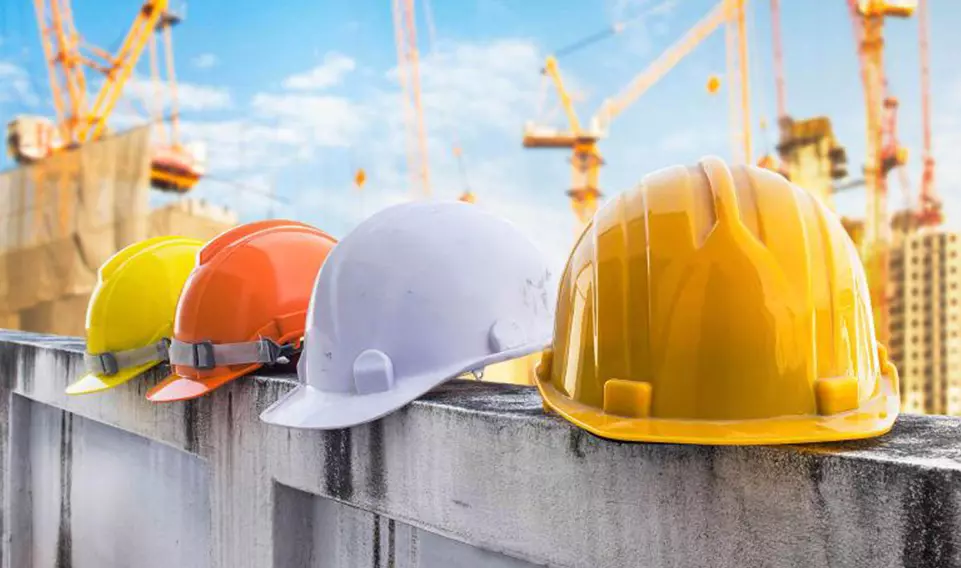
At present, more and more industries have popularized and strengthened the application of labor insurance products. Through the use of corresponding labor insurance products, the protection of workers can be improved and harm can be reduced. In the construction industry, helmets, safety belts (safety belts for aerial work) and safety nets are called "safety three treasures" and are widely used in various construction sites. So, do you know how to use the "Three Treasures of Safety" correctly?
1. Safety helmet
Safety helmets are one of the most widely used labor protection products. They are used to protect the user's head, prevent and reduce various accident injuries, and are important personal protective equipment to protect the lives of workers.
Its use method is roughly as follows:
A. Adjust the size of the lining circle to a slightly restrictive feeling on the head, and try to turn the hat left and right with both hands, so that it is basically impossible to turn but not uncomfortable, and it is advisable that the helmet will not fall off when the head is lowered without a chin strap.
B. Check the connection between the cap liner and the cap shell. The cap liner and the cap shell should not be in close contact. There should be a certain gap. The gap is generally 2-4cm (depending on the material). When the cap shell is on, the cap liner can play a buffering role, so that the user's cervical spine is not hurt.
C. When wearing a safety helmet, the chin strap must be fastened. The chin strap should be close to the chin. If it is tight, the chin will feel restrained, but it is better not to feel uncomfortable.
D. Girls should put their hair into the cap lining when wearing a helmet.
2. Seat belt (seat belt for aerial work)
High-altitude work safety belt is an essential personal protective equipment when working at heights. It is hailed as a life-saving belt by the majority of construction workers. It is generally composed of belts, ropes and metal accessories.
Its use method is roughly as follows:
A. Before use, it is necessary to check whether all parts are intact. If there is any damage, it should be replaced in time.
B. The seat belt should be tied to a firm component or object to prevent swinging or collision. The rope cannot be knotted and the hook should be hung on the connecting ring. If there is no fixed hanging place during operation, wire rope with appropriate strength or other methods should be used for hanging. It is forbidden to hang on moving or pointed tax shuttle corners or unstable objects.
C. Hang the seat belt on a high place, and people working below are called high-hanging and low-use. It can reduce the actual impact distance when a fall occurs, on the contrary it is used for low hanging high. Because when a fall occurs, the actual impact distance will increase, and both the person and the rope will be subject to a greater impact load, so the seat belt must be used for high hanging and low use, and it is forbidden to use for low hanging and high use.
D. The protective cover of the safety belt rope should be kept intact to prevent the rope from being worn out. If it is found that the protective cover is damaged or falls off, a new cover must be added before use.
E. It is strictly forbidden to extend the seat belt without authorization. If a long rope of 3m or more is used, a buffer must be added, and all parts must not be removed arbitrarily.
3. Safety net
Safety nets are used to prevent people and objects from falling, or to avoid them. Net gear that mitigates fall and object blow damage. The safety net is generally composed of a net body, side ropes, tethers, tendon ropes, test ropes, etc. The mesh body is braided by fiber ropes or wires, and is a mesh body with rhombus or square mesh. The side rope is a rope that surrounds the edge of the net body and determines the nominal size of the safety net. The tether is the string that secures its entire net to the support. The tendons are the ropes that increase the strength of the safety net. The test rope is a rope used for judging the aging and deterioration of the safety net material.
A. During installation, at each tie point, the side rope should be close to the support, and the tie point should meet the principles of easy knotting, firm connection, easy untie, and not loose after being stressed.
B. When multiple nets are connected and used, the adjacent parts are close or overlapped, and the connecting rope is made of the same material as the safety net, and the strength of the net rope should not be lower. When installing the flat net, strictly follow the safety operation regulations, and it should meet the requirements of load height, net width and buffer distance.
C. When installing the safety net, the installation plane should be perpendicular to the horizontal plane, and the bottom of the vertical net should be tightly sealed with the safety part of the scaffolding. To ensure that the safety net is evenly stressed, the garbage in the net must be cleaned frequently, and there must be no accumulated objects in the net. After the safety net is installed, it must be inspected, and it can be used only after passing the test. The safety net must be inspected regularly in accordance with the requirements.
D. The safety net must be ventilated, shading, and heat-insulated during storage, transportation, and at the same time avoid the invasion of chemicals. Hooks are not allowed when carrying the bagged safety net.
Tags:
Shanghai C&G's personal protective clothing and PPE products are trusted by customers in the world. Our products are exported worldwide, with a strong presence in the United States, China, Japan, Germany, the United Kingdom, India, France, Italy, Brazil, and Canada. In addition, we have a significant customer base in other countries across each continent, including Australia, New Zealand, South Africa, Nigeria, and Egypt in Africa; Argentina, Chile, and Mexico in South America; Russia, South Korea, and Indonesia in Asia; Spain, Poland, and Turkey in Europe; and Saudi Arabia and the United Arab Emirates in the Middle East. Wherever you are in the world, we have the products you need to stay safe and protected. Contact us today to learn more about our products and how we can help you meet your safety needs.
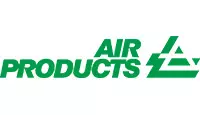

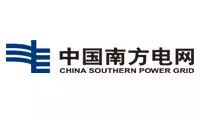
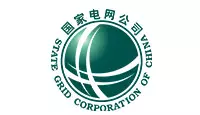
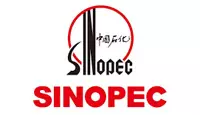
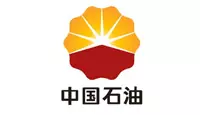

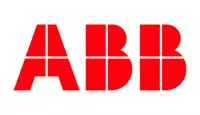

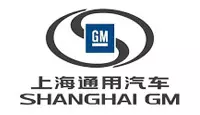
© 2023 Shanghai C&G. All Rights Reserved.